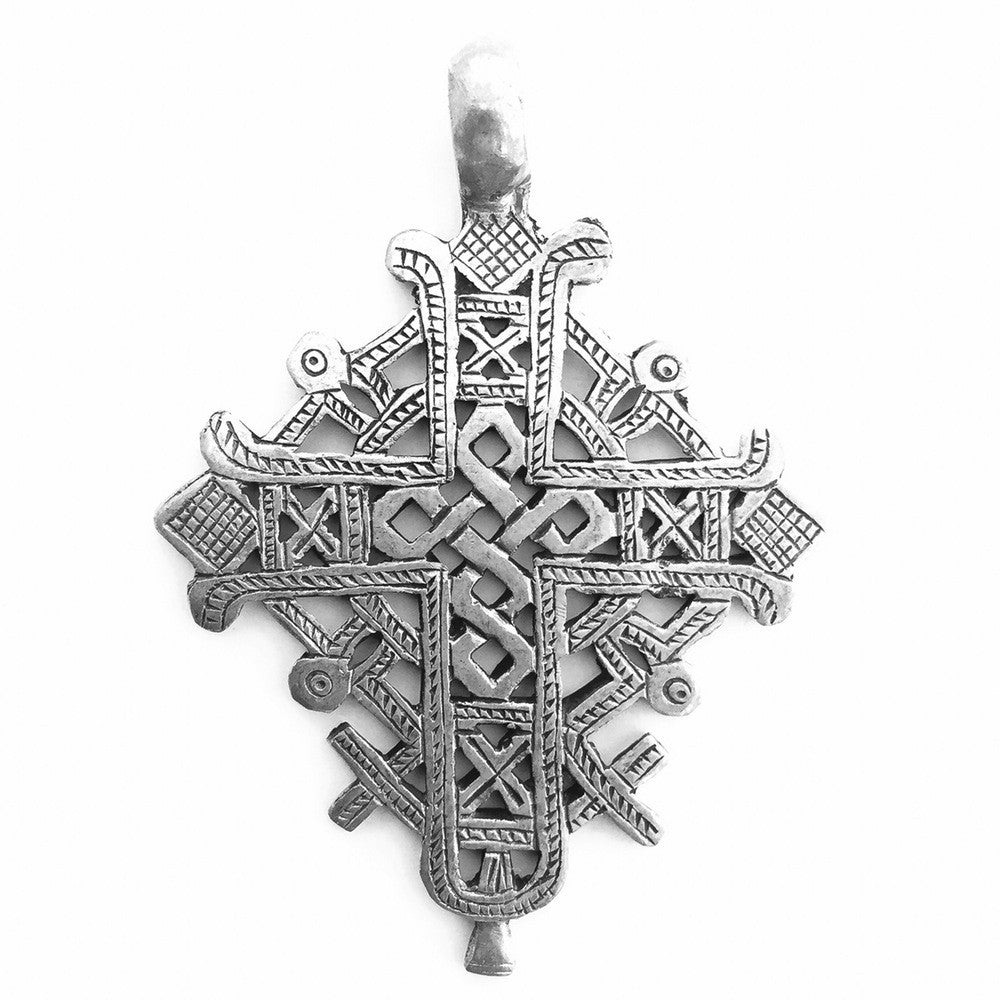Design I Culture I Lifestyle
The Royal Gemstone of KEMET
Lapis lazuli is among the earliest gemstones used as early as the 4th millennium BC. The Egyptians utilized lapis lazuli stone in artwork, amulets, jewelry, ornaments and cosmetics.
The KEMET Royalty Collection is inspired by the ancient Egyptians. The collection is designed and handcrafted by artisans steeped in decades of tradition and craft to create gorgeous art jewelry pieces in 18K gold vermeil and lapis gemstone.
Lapis was also used in their religion. Amulets of deities inlaid with lapis lazuli were made of Osiris, Horus, Maat, Tet, Ra, Baste, Ibis and the goddess ISIS. They truly believed in the metaphysical powers of lapis. According to Ancient Egyptian myth, the sun (Ra) rolls across the sky each day and transforms bodies and souls. They believed that Lapis’ gold flecks were like stars in their night-time sky and by meditating on these colors the ancient Egyptians believed that supernatural forces would transform their lives. In the dry, barren land of the Egyptians, this deep cobalt blue color was both a physical and spiritual contrast to their arid desert pallets.
The garments of priests and royalty were dyed with Lapis to indicate their status as gods themselves. To present day, Lapis Lazuli’s deep, celestial blue remains the symbol of royalty and honor, gods and power, spirit and vision. It is a universal symbol of wisdom and truth.
The dung beetle which laid eggs that transformed into larva were seen as an earthly symbol of the heavenly cycle of sun and rebirth. Popular at the time, the scarabs were usually carved from Lapis Lazuli, as its deep, celestial blue remains the symbol of royalty and honor, gods and power, spirit and vision.
Egyptian High Priests used lapis lazuli also for healing purposes. They grounded lapis into powder and swallowed to prevent gallstones. Egyptians also used lapis to prevent sleeplessness and melancholy or fever, as well as an ingredient for eyewash.
Queens
Queen Hetepherus (2600-2500 B.C) had lapis into silver casings for bracelets, ankles and necklaces. Queen Iput had a beetle pendant of lapis. Queen Seneity had a lapis of ovoid beads with discs of gold, carnelian and green feldspar. Queen Nefruhad also a tomb at Thebes containing lapis beads and Queen Ashotep (1650-1567 B.C) owned a diadem crown of lapis, gold, carnelian and feldspar.
Kings
Kings wore pectoral necklaces of lapis and other stones. King Tutankhamen wore a scarab bracelet of lapis symbolizing the Sun God. Elaborate pectorals of Lapis Lazuli, carnelian and also gold covered the pharaohs Osorkon’s chest, while rings and bracelets of the same combination also adorned his arms and fingers. Lapis scarabs were buried in his wrappings, a large one on his heart.
So prized was this gemstone, that at Karnak, the relief carvings of Thutmose III (1479-1429 BC) show fragments and barrel-shaped pieces of lapis lazuli being delivered to him as tribute. King Ramses (1292 B.C) required lapis as a tribute.
Since no mines of lapis exist in Egypt so it is believed that the stone then reached Egypt along the trade routes from Meroe and Afghanistan.
Mombasa is proud to launch the KEMET Royalty Collection, honoring the ancient African kings & Queens and our collective heritage.
Love & Light,
Hanna & Regbe










